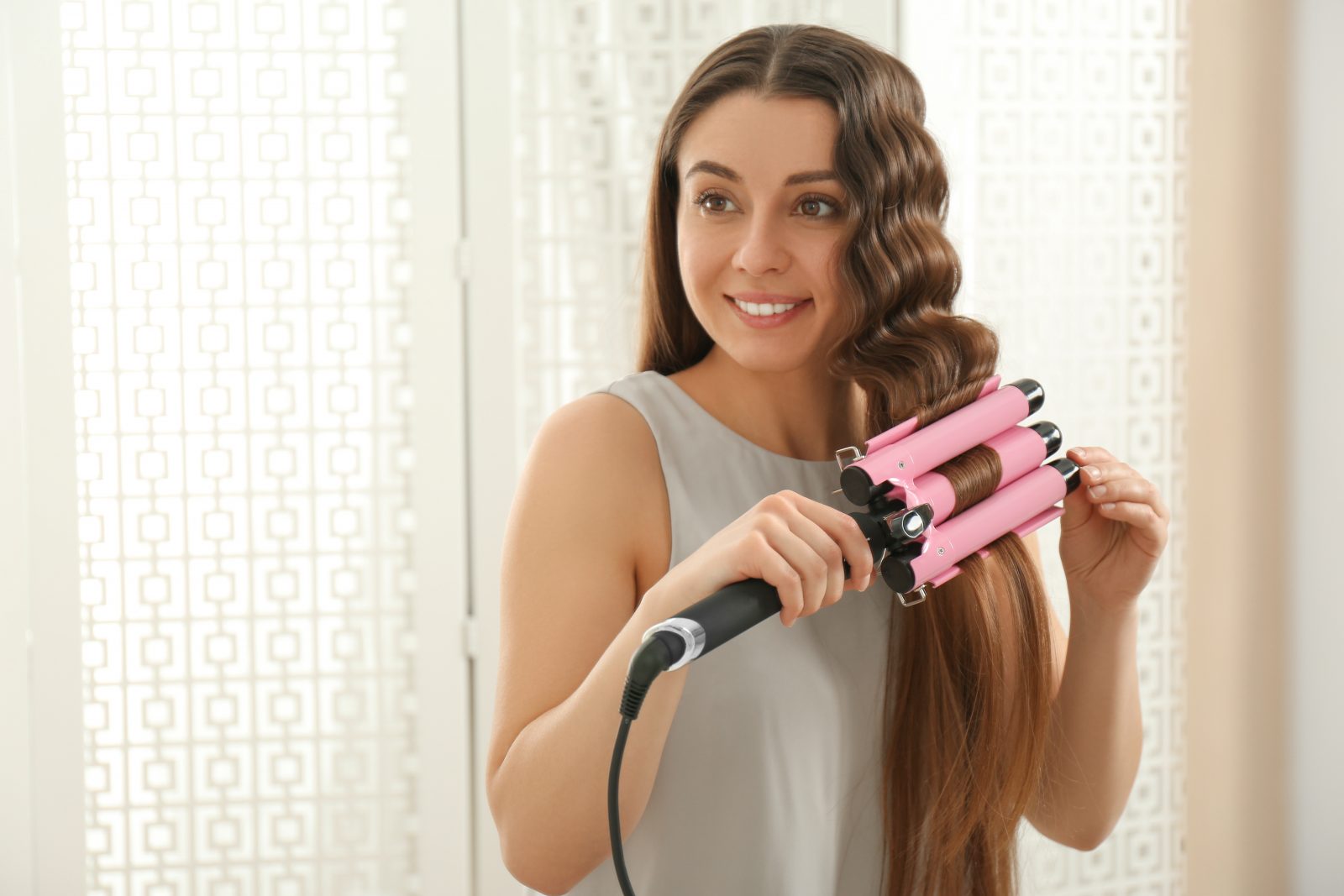We all love a good styling session with our favorite heat tools, but did you know that excessive heat can take a toll on your hair’s health? From flat irons to curling wands, these styling tools can lead to heat damage if not used properly. In this guide, we’ll explore what heat damage is, how it occurs, and most importantly, how to prevent and treat it to keep your locks looking their best.
Heat damage occurs when high temperatures weaken the protein bonds in your hair, leading to dryness, brittleness and breakage. This damage is most commonly caused by heat-styling tools such as flat irons, curling irons and blow dryers, which can reach temperatures of up to 450°F. Over time, repeated exposure to high heat can cause irreversible damage to your hair, leaving it looking dull and lifeless.
When heat is applied to your hair, it breaks down the hydrogen bonds that hold the keratin proteins in your hair together. This weakens the structure of your hair, making it more prone to damage and breakage. Additionally, high heat can also strip your hair of its natural oils, leading to dryness and frizz. Heat-damaged hair may appear dull, frizzy and brittle, and may be more prone to breakage and split ends.
From a health perspective, heat damage can weaken your hair’s structure, making it more susceptible to further damage and preventing it from growing to its full potential.
Preventing Heat Damage
Preventing heat damage starts with using heat styling tools responsibly. Here are some tips to help protect your hair from heat damage:
- Use Heat Protectant: Before using any heat styling tools, apply a heat protectant spray to help create a barrier between your hair and the heat. This can help reduce the amount of damage caused by heat styling.
- Limit Heat Exposure: Try to limit your use of heat styling tools to reduce the amount of heat your hair is exposed to. Consider using alternative styling methods such as air-drying or heatless curls to give your hair a break from heat.
- Use Lower Heat Settings: When using heat styling tools, use the lowest heat setting possible to achieve your desired style. High heat is not always necessary and can cause more damage to your hair.
- Invest in Quality Tools: Consider investing in high-quality heat styling tools that have adjustable heat settings and ceramic plates, which can help distribute heat more evenly and reduce the risk of heat damage.
- Protect Your Hair at Night: To prevent heat damage while you sleep, consider using a silk or satin pillowcase and tying your hair up in a loose bun or braid to protect it from friction and breakage.
Treating Heat Damage
If you’ve already experienced heat damage, don’t worry—there are steps you can take to help repair and restore your hair. One of the first things you can do is to schedule regular trims with your hairstylist. Trimming your hair regularly can help remove damaged ends and prevent further breakage from traveling up the hair shaft. This is especially important for preventing split ends, which can weaken your hair and make it more prone to breakage.
Additionally, incorporating a deep conditioning treatment into your routine once a week can work wonders for repairing heat-damaged hair. Look for products that contain ingredients like keratin, argan oil, or shea butter, as these can help strengthen and moisturize your hair from within. These ingredients penetrate the hair shaft to provide deep hydration and repair damage, leaving your hair feeling soft, smooth and more resilient.
While you’re repairing your hair, try to avoid using heat styling tools as much as possible. Heat styling can further damage already weakened hair, so it’s best to give your hair a break from the heat. Instead, opt for heatless hairstyles like braids, buns or twists, or simply let your hair air-dry whenever possible. If you do need to use heat styling tools, be sure to use a heat protectant spray beforehand to minimize damage.
Once your hair is repaired, continue to use heat protectant sprays whenever you do use heat styling tools. These sprays create a barrier between your hair and the heat, helping to reduce the amount of damage caused by styling.
By taking preventive measures and using responsible styling practices, you can help protect your hair from heat damage and keep it looking healthy and beautiful. Remember, healthy hair is happy hair.

